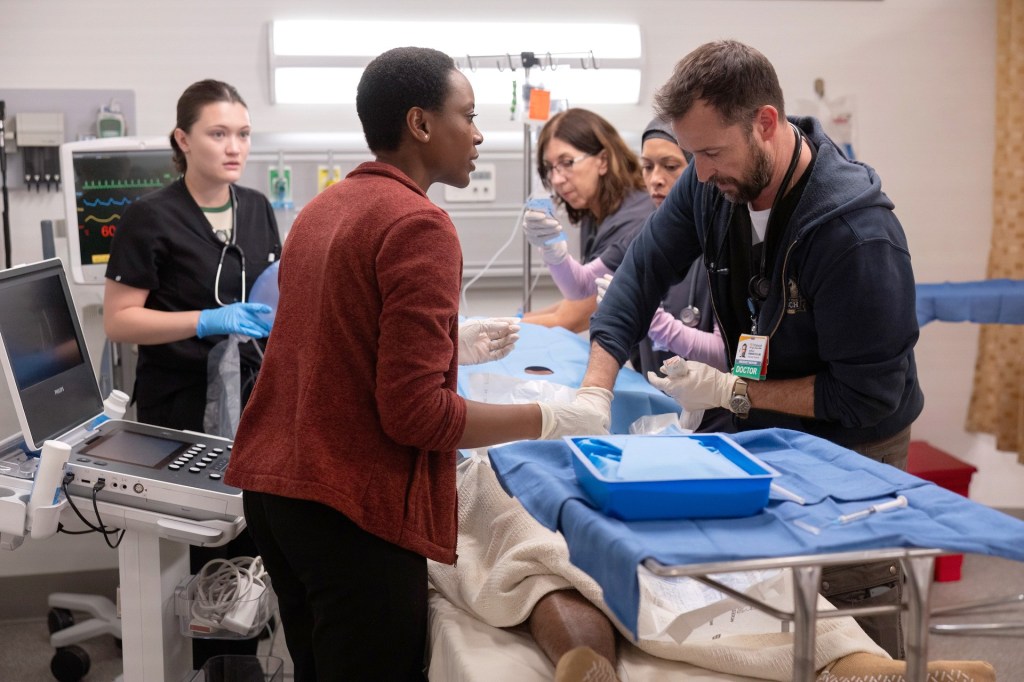Tieto Indtech has entered into a strategic three-year agreement with Bank Norwegian to deliver its Multichannel services for enhanced and tailored invoicing and payment integration.
The partnership strengthens Bank Norwegian’s position as a leading provider of secure digital services. Under this agreement Tieto is providing invoicing and payment integration services in Norway, Sweden, Denmark and Finland, as well as in Germany and Spain. This enables seamless customer communication and integration across diverse regulatory and customer landscapes.
The strategic cooperation with Bank Norwegian reinforces Tieto’s position as a trusted digital partner in the financial sector in the Nordics and beyond.
“This agreement represents an important step forward in our partnership with Bank Norwegian. As a trusted partner, we are proud to enforce their digital strategy with scalable, modern solutions that adapt to local market needs. Our Multichannel service ensures secure and efficient handling of customer communications and invoicing tailored to each region,” says Johan Enger Nygaard, Managing Director, Tieto Indtech.
Tieto Indtech’s Multichannel solution facilitates the distribution of documents and invoices through both digital and physical channels, while adapted to local payment methods and infrastructure. Integration with national payment solutions and digital mailboxes helps Bank Norwegian enhance flexibility and tailoring in customer invoicing, streamline operations and reduce costs.
“Tieto has been a trusted partner for many years. This new agreement enables us to deliver tailored secure and high-quality customer communication across all our markets in a cost-efficient way”, says Andreas S. Pedersen, Branch Head of Tech, Projects and Product Development, Bank Norwegian.
For further information, please contact:
Tieto Communications, tel. +358 40 570 4072, news@tietoevry.com
Tieto is a leading software and digital engineering services company with global market reach and capabilities. We provide customers across different industries with mission-critical solutions through our specialized software businesses Tieto Caretech, Tieto Banktech and Tieto Indtech as well as Tieto Tech Consulting business. Our around 15 000 talented vertical software, design, cloud and AI experts are dedicated to empowering our customers to succeed and innovate with latest technology.
Tieto’s annual revenue is approximately EUR 2 billion. The company’s shares are listed on the NASDAQ exchange in Helsinki and Stockholm, as well as on Oslo Børs. www.tieto.com









